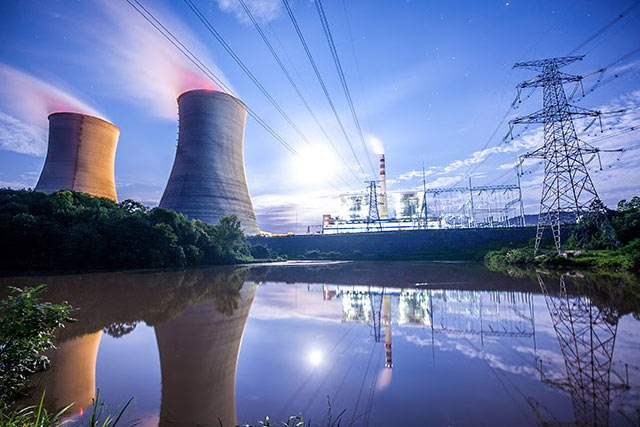After the government announced in February that state-owned companies would stop buying coal from Russia, following protests by Polish miners, the companies switched to Polish supplies. However, these are more expensive, Business Insider Polska reports.
As a result , the cost of energy generation has increased further, as Poland relies on coal to produce around 80 per cent of its power, the highest in the European Union. At the same time, however, Poland’s ailing coal sector continues to struggle, as overall sales fall and unsold coal rises.
Polish state-owned companies imported 224,000 tons of coal for electricity generation and 451,000 tons of coking coal in the first quarter of 2020, according to Jacek Sasin, Minister of State Assets. This is much less than the total of 1,088,000 tons in the same period last year.
This has created an additional burden for state-owned energy companies that are already struggling with higher EU emissions costs as the bloc seeks to shift to greener energy sources, Business Insider writes.
While the prices of coal are falling globally, they remain higher in Poland. In other parts of Europe, the current price is around $50 per tonne, while in Poland it is more than 40 % higher, at $71.
Although world coal prices fell more than a quarter and coal production decreased, the state-owned PGE energy group spent 192 million zloty more on hard coal in the first quarter of 2020 than it did in the same period last year.
Due to rising carbon emission permit prices , the company also spent 650 million zloty more on permits, despite lowering its emissions by more than 5%.
This is likely to affect energy prices soon, reports Business Insider. In January, Sasin pledged that the government would compensate “every Polish unit” for that electricity costs this year. He accused the EU of “imposing extra costs.”
Last year, the government froze electricity prices with a special regulation, and energy providers were subsidized with public money.
That promise was followed in February by Sasin’s promise to stop imports of Russian coal. Previously, they had been rising – reaching their highest ever annual level in 2018 – sparking protests from Polish miners, who feared cheaper foreign coal would put them out of work.
At the time of the announcement, Sasin admitted that coal from abroad – which private companies may still import – was “better quality and cheaper.” Polish mines therefore need to become “more competitive, more efficient and better,” he urged.
Yet Poland’s coal production sector is still struggling. The coronavirus pandemic, which led to the closure of mines following massive infections among miners, was hard hit. Demand also declined due to the struggles of the Polish manufacturing sector in the midst of the pandemic.
Coal sales from domestic mines decreased to 4 million tons in April, 0.5 million tons in March and 0.9 million tons year on year. In the meantime, production continues to exceed sales, with 7.7 million tons of coal stored at the end of April, up from 7.1 million tons in February.
Across the EU, hard coal generation fell by 32% last year, according to a new report by think tanks Agora Energiewende and Sandbag. In Poland, however, it dropped by only 4%. The report points to the “lack of alternative generation options in the Polish energy mix.”
Poland also imports coal from Columbia, Mozambique, Australia and the United States. However, it is Russian coal – which makes up the majority of imports – that attracts the most attention , especially given the ruling Law and Justice (PiS) Party’s efforts to deter Poland from dependence on Russian gas.
Last year, Poland was the only Member State not to sign on to the EU’s goal of climate neutrality by 2050. The Government claims that it needs “significantly greater” funding from the EU budget for energy transition costs before it commits.
However, French President Emmanuel Macron warned that Poland could face isolation and loss of EU funds if it continues to “place itself outside European mechanisms.”



































